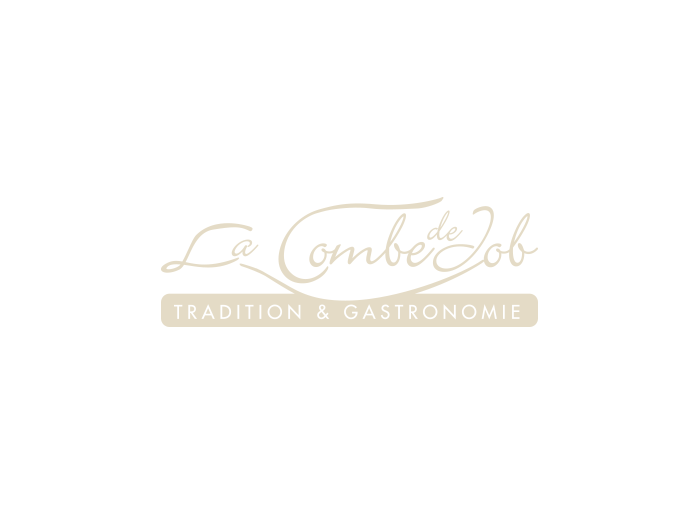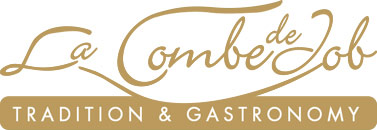
A few months ago, we told you about foie gras and spices. As you know, Combe de Job's specialty is subtly pairing foie gras with peppers grown all over the world. Our latest is whole goose foie gras with Sarawak pepper, a black pepper with fruity notes that grows in the rainforests of Malaysian Borneo. Enough to make you travel! But now let's talk about the different versions of foie gras. Do you know which foie gras to choose between duck and goose foie gras? Do you know the different types of foie gras? Raw, block, whole, cooked, semi-cooked, canned, you name it. We're professionals when it comes to foie gras. In this article, La Combe de Job helps you understand the differences between the different types of foie gras. Follow the guide.
What are the differences between duck and goose foie gras?
Although they belong to the same zoological family, duck and goose foie gras do not have the same taste. These short-legged, webbed animals, bred in the South-West of France, give us two different but equally tasty foies gras. Both can be eaten cold, warm or hot as a starter or main course.
Purists will tell you that goose foie gras has a finer, more delicate taste that is more pronounced in the aftertaste. Duck foie gras, on the other hand, has a more pronounced, powerful and rustic taste. It's said to have character. Another significant difference is the price! Goose foie gras is generally more expensive than duck foie gras. Why is this? Because its breeding is rarer. It requires more technique and more constraints than duck foie gras. Farmers have to force-feed geese three to four times a day, as opposed to twice a day for ducks.
A simple way to find out your preference is to buy a small quantity of each foie gras and make a tasting plate. It can be accompanied by a traditional sweet white wine, or a dry white wine, or even a red wine for more originality.
What are the differences between whole, semi-cooked foie gras and canned foie gras?
The most significant differences between cooked foie gras (also known as canned foie gras) and semi-cooked foie gras are taste and texture. Semi-cooked foie gras has a more pronounced taste and a more melt-in-the-mouth texture. You'll also notice that its color is pinker, as it is cooked at low temperature (between 70 and 85°C) in a terrine. After cooking, it's ready to eat, served chilled. In contrast, cooked or sterilized foie gras in jars or tins will improve in texture and smoothness over time.
Another difference is shelf life. Before opening, semi-cooked foie gras can be kept in the refrigerator for eight months from the date of manufacture. Once opened, it should be consumed within two days. Foie gras mi-cuit can be frozen for later consumption, but should not be kept in the freezer for too long. Canned foie gras can be stored for longer at between 10 and 15°C. At La Combe de Job, the optimal shelf life (DDM) of canned foie gras is four years from the date of manufacture.
What are the differences between whole and block foie gras?
Whole foie gras is made from a lobe of extra-fresh foie gras, deveined and seasoned with salt, pepper and spices. This is the finest quality foie gras. As we often say to our customers, "whole foie gras is the nec plus ultra". It's an exceptionally high quality foie gras for special occasions. In terms of price, it remains the most expensive. Block foie gras is an emulsion of one or more whole foies gras. This version of foie gras is more commonly known as reconstituted foie gras. Its texture is totally homogenous, which is why this type of foie gras is perfect for toasting as an aperitif. It's best served chilled. The price is well below that of whole foie gras.
What's the difference between whole foie gras in a jar and in a tin?
It's the packaging that's different. In reality, there's no difference in the quality of foie gras. It's identical. We're talking about extra-preserved foie gras from the South-West of France. We simply make canned foie gras for shipment outside France. Lighter in weight, they cannot be mistaken for a jar of semi-cooked foie gras when passing through customs. On the practical side, some people prefer tinned foie gras, as it's easier to take out for cutting and serving. Others prefer foie gras in transparent jars for their more aesthetic appearance on the table or as gifts.
What's a raw foie gras lobe? Raw foie gras is made up of two lobes: the large lobe and the small lobe. From a lobe of raw foie gras, you can make a variety of foie gras recipes at home, such as pan-fried foie gras escalope for tournedos Rossini, foie gras mi-cuit en terrine or foie gras au torchon for the holidays. We're sure you now know all about the differences between the different types of foie gras. Now all you have to do is make your choice in our online store. If you have any questions, we'll be happy to answer them.





